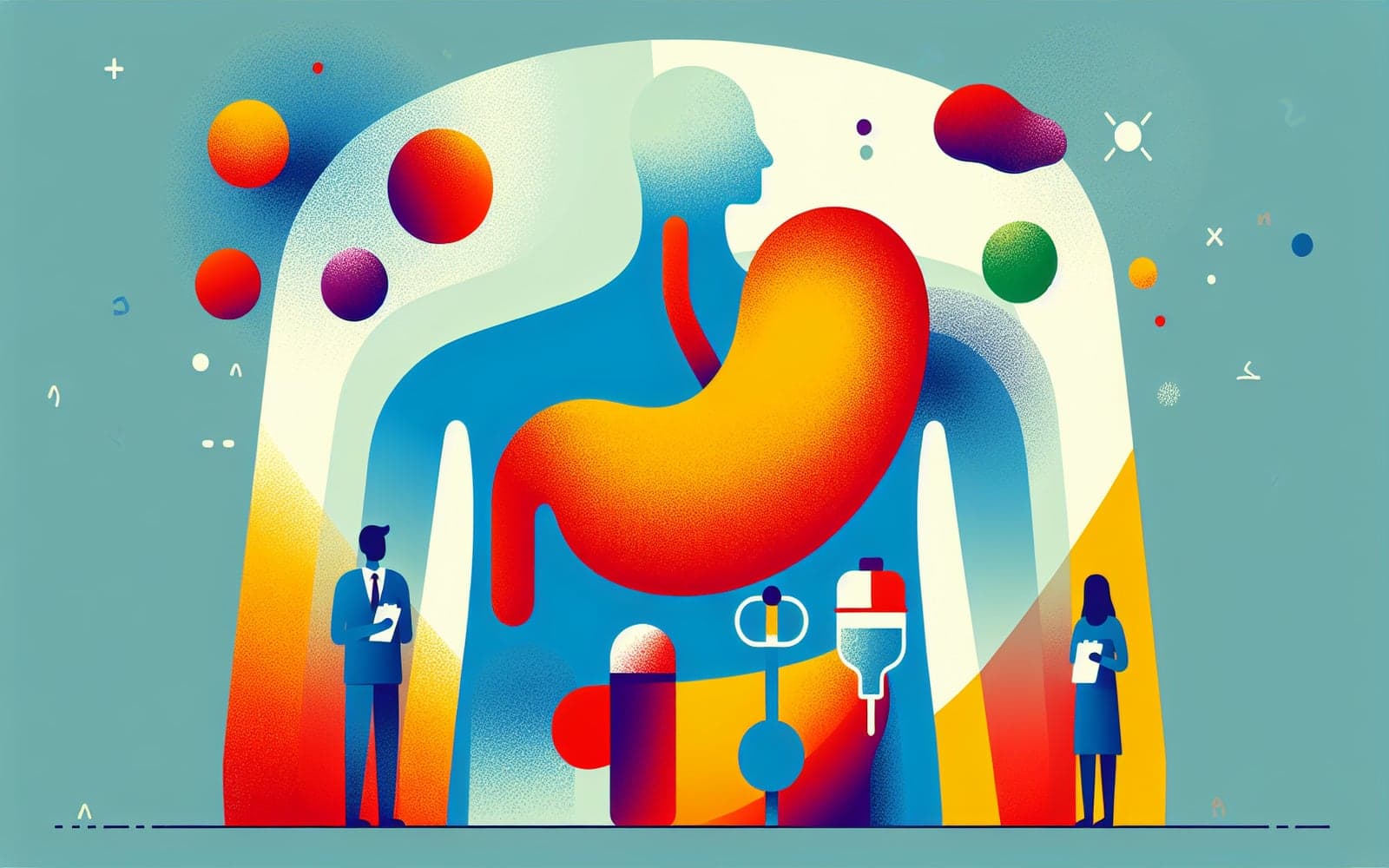Gallstones: The Silent Stones That Could Be Lurking in Your Body
Published: Feb 28, 2024
Gallstones are tiny, hard deposits that form in your gallbladder. While often harmless, they can sometimes lead to serious complications.
Contents
Who's at Risk?
Several factors increase your chances of developing gallstones. Age is a big one - the older you get, the higher your risk. Women are also more likely to develop gallstones than men, especially during pregnancy. If you're overweight, diabetic, or have a family history of gallstones, you're also at higher risk. Think of it like a recipe - the more ingredients you have, the more likely you are to cook up some gallstones.
The Silent Culprit
Most people with gallstones don't even know they have them. In fact, they're often discovered by accident during tests for other conditions. It's like having a secret stowaway in your body that you never knew about. However, when gallstones do cause symptoms, they can be quite painful and may require medical attention.

Types of Gallstones
Not all gallstones are created equal. There are two main types: cholesterol stones and pigment stones. Cholesterol stones are the most common, making up about 80% of all gallstones. They're like little cholesterol snowballs that form in your gallbladder. Pigment stones, on the other hand, are darker and form when your bile contains too much bilirubin.
Frequently Asked Questions
Generally no, but small ones may pass unnoticed.
No, many people have 'silent' gallstones with no symptoms.
Healthy diet and exercise may help reduce risk.
Only if they cause symptoms or complications.
Key Takeaways
While gallstones are common, understanding your risk factors and maintaining a healthy lifestyle can help keep these pesky pebbles at bay.
Curious about your gallstone risk? Chat with Doctronic to learn more about your personal risk factors and prevention strategies.Related Articles
References
Everhart JE, Khare M, Hill M, Maurer KR. Prevalence and ethnic differences in gallbladder disease in the United States. Gastroenterology 1999; 117:632.
Stinton LM, Shaffer EA. Epidemiology of gallbladder disease: cholelithiasis and cancer. Gut Liver 2012; 6:172-187.
Always discuss health information with your healthcare provider.